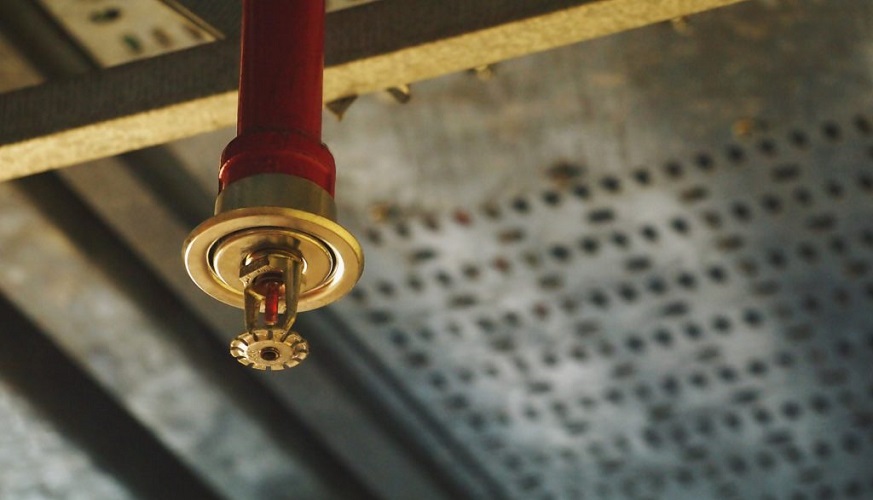3 Critical Fire Safety Actions You Should Take When Your Sprinkler System Is Offline
One of the core products that fire protection services companies install and maintain is fire sprinkler systems, and over many years they have undoubtedly saved thousands of lives by helping to extinguish fires before they had a chance to become fatal. As with any equipment or system that is fire-related they require servicing, maintenance, and on occasion, repairs, and when these take place there is usually the need for the fire sprinkler system to be switched off.
Depending on the size of the building, the activities within that building, and the number of people who likely to be inside it, switching off a fire sprinkler system is something that should not simply be the case of pressing the off button. Given the part that it plays in ensuring fire safety within the building, there needs to be other actions that take place before and during the period any fire sprinkler system is offline.
Below, we have outlined three of these with regards to making sure fire safety is not unduly compromised during the time which your fire sprinkler system will be off. If you are unsure about how to implement any of them then it should be the case that you speak to your fire protection services company who will be more than happy to advise you.
Action #1: Let Professional Fire Protection Experts Take Charge
Although you will always have the ultimate responsibility for fire safety if you are the owner or manager within a location where people work, that does not mean that you have to do everything yourself. In other words, you are still fulfilling your obligations if you delegate any tasks, and what that can mean when it comes to fire sprinklers, is employing experts to ensure its safe turning and off and on again.
It may well be that as part of your fire protection services contract that the company in question has already agreed to oversee any such operation, however, if that is not already in place, either get it added, or employ them on a one-off basis each time your sprinklers need switching off for maintenance or repairs.
Action #2: Cease Any Activities Which Might Be A Fire Risk
This might not apply to all businesses, but for the ones which may be in industrial, manufacturing, or chemical sectors, for example, it most certainly does. There will always be certain activities which, although they may be necessary as part of a process, still carry some degree of risk of starting a fire, and obviously, these are why fire protection equipment is installed. Examples include welding, grinding, cutting, and pouring of hot, molten substances.
Of course, there are hundreds more, and the key here is if you can think of any process or activity within your building that does carry a fire risk, then you should do all you can to stop that activity, or at the very least, try to mitigate any fire risk as per the suggestions in Tip #3.
Action #3: Temporarily Enhance Other Fire Safety Measures
Whether you have activities that carry a high fire risk or not, whenever your fire sprinklers are off for maintenance, you should increase other fire safety measures. these can include having additional fire extinguishers made available throughout the building, reducing the number of staff on-site, having a clean up to ensure walkways and escape routes are clear and having fire safety patrol personnel, whereby the building or site is patrolled regularly whilst the fire sprinklers are off.




